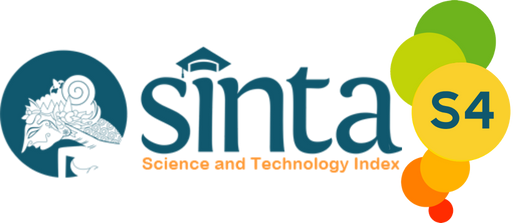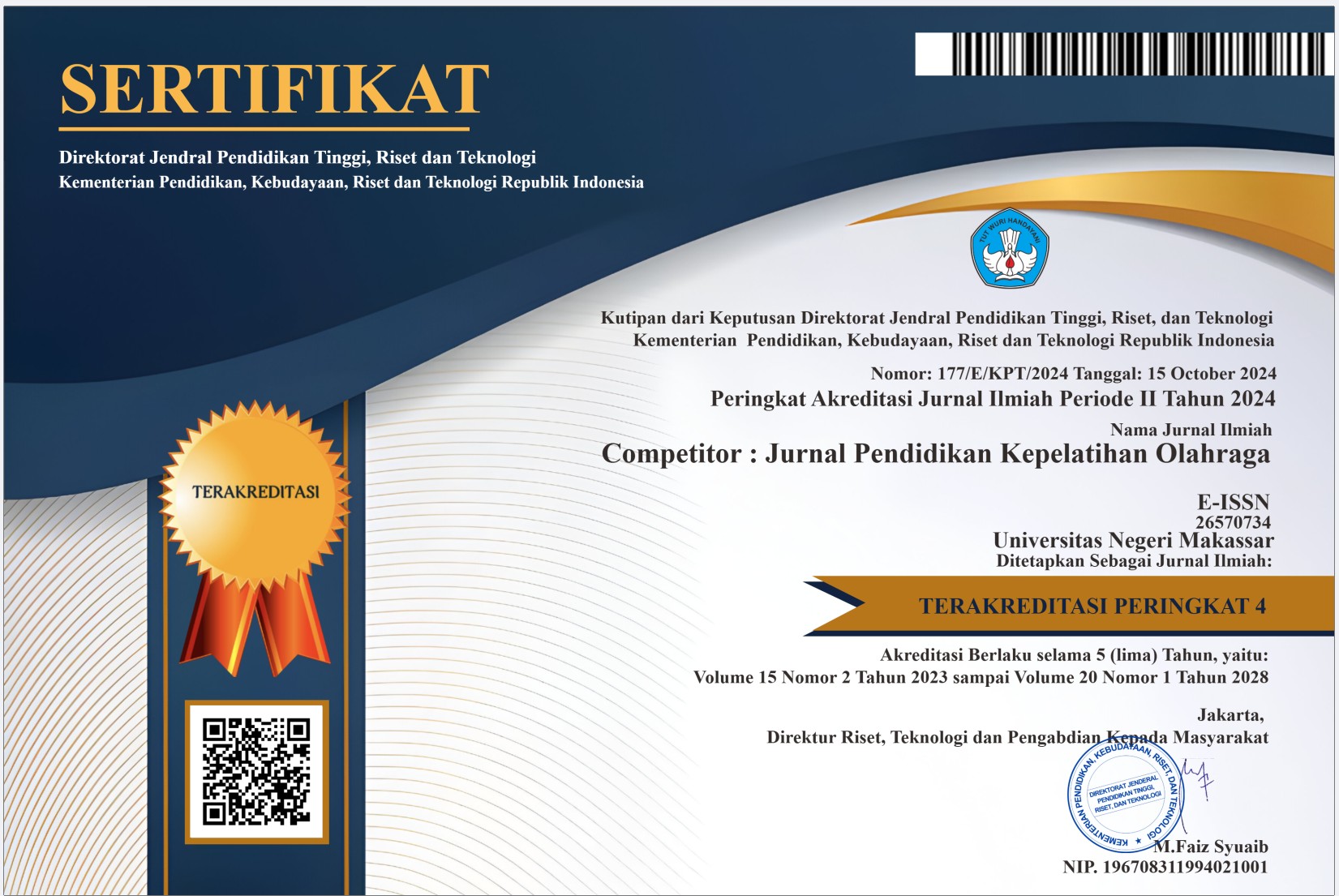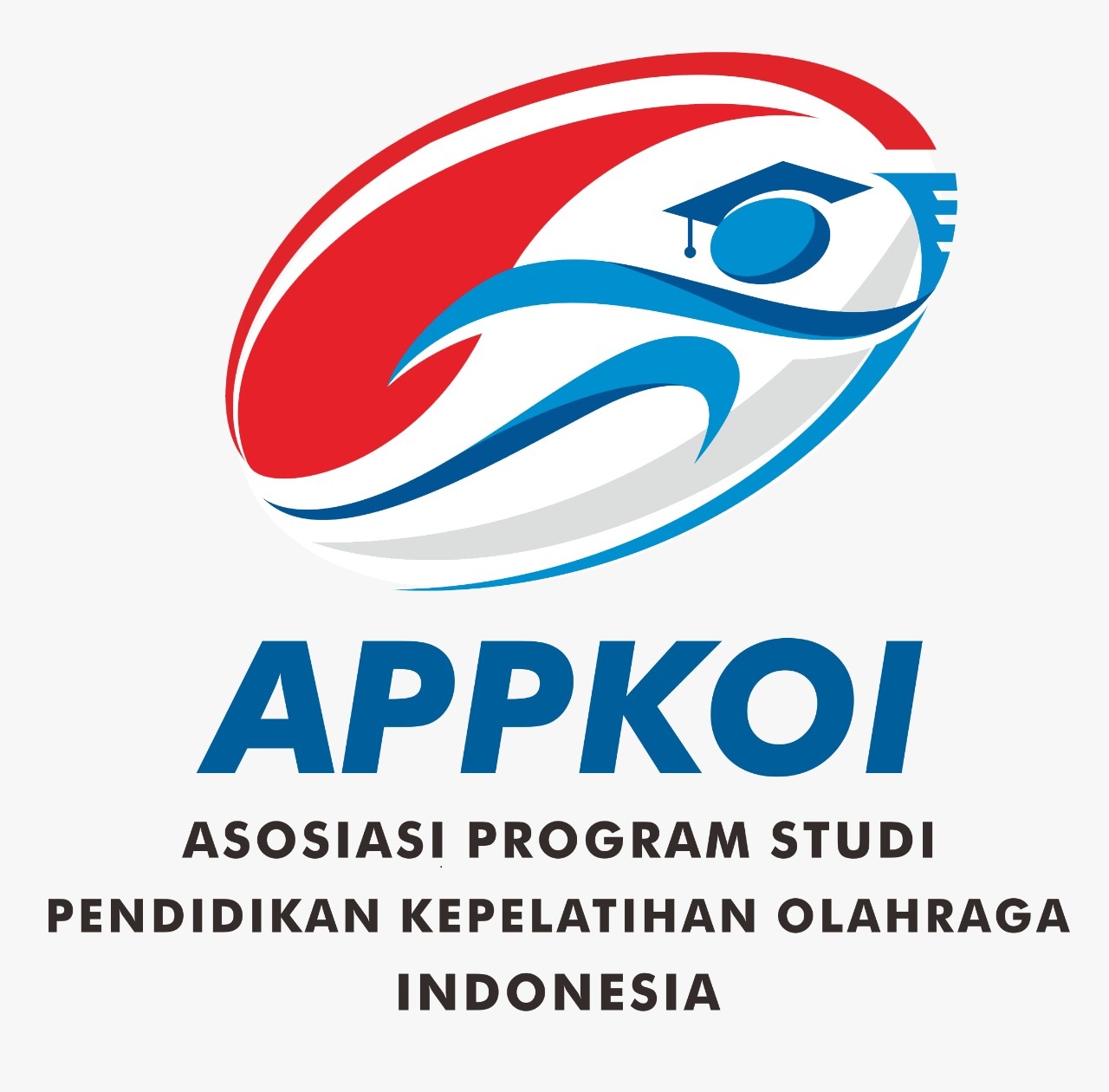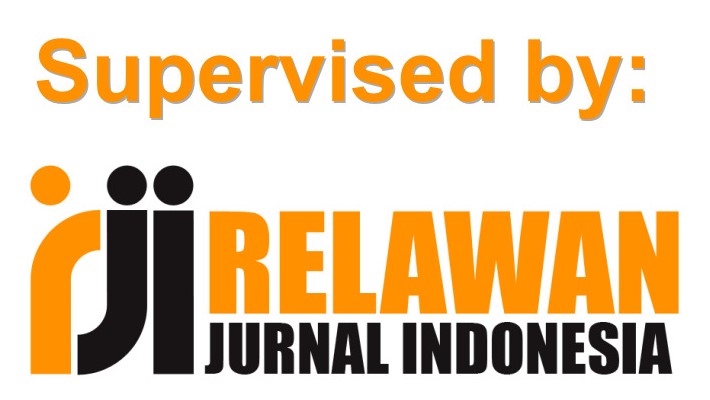The Influence of Learning Models And Creativity On Learning Outcomes of Lower Passing In Volleyball Games For Students In Class VII SMP Negeri 2 Lubuk Pakam
DOI:
https://doi.org/10.26858/cjpko.v17i2.152Keywords:
Learning Models Creativity Learning Outcomes Lower Passing Volleyball.Abstract
This study aims to determine the effect of learning models and creativity on the learning outcomes of lower passing in volleyball games. The sample of this study amounted to 44 people who were seventh-grade students of SMP Negeri 2 Lubuk Pakam using a 2 x 2 treatment by level research design. The data were analysed using analysis of variance and continued with the Tukey test at the significance level α = 0.05. The results showed 1) in general, there was a significant difference between the STAD-type cooperative learning model and direct learning model (Qo 4.13 > Qt 3.90). 2) For students with high creativity, the STAD cooperative learning model is better than the direct learning model (Qo 11.5 > Qt 4.26). 3) For students with low creativity, the STAD cooperative learning model is better than the direct model (Qo 5.45 > Qt 4.26). 4) There is an interaction between the learning model and creativity on learning outcomes of lower passing in volleyball game (Fo 27.22 > Ft 4.06)
References
Abin Syamsuddin Makmun, Psikologi Kependidikan Perangkat Sistem Pengajaran Modul (Bandung: Remaja Rosdakarya, 2009)
Amabile, T. M. (2023). Creativity and motor learning: New perspectives on skill acquisition. Journal of Creative Behaviour, 57(2), 178-195. https://doi.org/10.1002/jocb.542
Arends, R. I. (2021). Contextual learning in physical education: Evidence-based practices. Educational Psychology Review, 33(4), 1456-1478. https://doi.org/10.1007/s10648-021-09612-8
Buku Pedoman Penulisan Tesis dan Disertasi” Jakarta: PPs UNJ, 2012
Conny Semiawan. Perspektif Anak Berbakat (Jakarta: Raja Grasindo, 1997)
Conny Semiawan. Penerapan Pembelajaran Pada Anak (Jakarta: PT.Indeks 2009)
Gardner, H. (2020). Multiple intelligences and creativity in sports education. Harvard Educational Review, 90(3), 445-467. https://doi.org/10.17763/1943-5045-90.3.445
Guilford, J. P. (2022). Divergent thinking in physical education: Adaptive techniques development. Psychology of Sport and Exercise, 58, 102-115. https://doi.org/10.1016/j.psychsport.2021.102115
Heri Rahyubi, Teori-Teori Belajar Dan Aplikasi Pembelajaran Motorik Deskripsi dan Tinjauan Kritis, (Bandung: Nusa Media,2012)
Indrawati, S. (2023). Synergistic effects of creativity and teaching methods in motor learning. Motor Control, 27(1), 45-62. https://doi.org/10.1123/mc.2022-0089
Isjoni, Cooperative Learning, (Bandung, Alfabeta: 2011)
Istarani, 58 Model Pembelajaran Inovatif, (Medan: Media Persada,2012)
Istarani dan Ridwan, 50 Tipe Pembelajaran Kooperatif, (Medan: CV. Media Persada, 2014)
Johnson, D. W., & Johnson, R. T. (2023). Cooperative learning in the 21st century: Beyond academic achievement. Review of Educational Research, 93(2), 234-267. https://doi.org/10.3102/00346543221145892
Joyce, B., & Weil, M. (2022). Adaptive teaching models for diverse learners. Teaching and Teacher Education, 118, 103-120. https://doi.org/10.1016/j.tate.2022.103789
Kagan, S. (2024). STAD structure and flexibility: A balanced approach to cooperative learning. Cooperative Learning Magazine, 44(1), 12-18.
Makmun, A. S. (2009). Psikologi kependidikan perangkat sistem pengajaran modul. Remaja Rosdakarya.
Munandar, U. (2009). Pengembangan kreativitas anak berbakat. PT Rineka Cipta.
PBVSI. (2024). Teknik fundamental bola voli: Panduan koordinasi gerakan. Buletin Teknik PBVSI, 15(2), 34-41.
Pratama, R. A., & Sari, M. N. (2023). STAD implementation effectiveness in volleyball passing accuracy. Journal of Sport Education Research, 18(3), 267-283. https://doi.org/10.1080/13573322.2023.2189456
Schmidt, R. A., & Lee, T. D. (2023). Meaningful repetition and timely feedback in motor skill acquisition. Research Quarterly for Exercise and Sport, 94(1), 78-92. https://doi.org/10.1080/02701367.2022.2156891
Slavin, R. E. (2021). Intrinsic motivation through meaningful social interaction in cooperative learning. Educational Psychology, 41(4), 489-506. https://doi.org/10.1080/01443410.2021.1895243
Sudjana, N. (2022). Internal validity considerations in experimental design: Homogeneity principles. Indonesian Journal of Educational Research, 7(1), 23-38. https://doi.org/10.21831/ijer.v7i1.45123
Suharjana. (2022). Teacher competency and facility impact on physical education quality. Asian Journal of Physical Education, 29(4), 178-195. https://doi.org/10.1080/18377122.2022.2089567
Sugiyono. (2023). Treatment by level design for deeper interaction analysis. Metodologi Penelitian Pendidikan, 12(2), 67-84. https://doi.org/10.17509/mpp.v12i2.41567
Torrance, E. P. (2019). Creativity is a long-term success predictor beyond IQ measures. Gifted Child Quarterly, 63(4), 243-258. https://doi.org/10.1177/0016986219847085
Utami Munandar, Pengembangan Kreativitas Anak Berbakat (Jakarta: PT Rineka Cipta, 2009)
Widya, N. (2021). Creative students and enhanced reaction time in game situations. Motor Development Research, 15(3), 134-149. https://doi.org/10.1080/87565641.2021.1934567
Downloads
Published
Issue
Section
License
Copyright (c) 2025 Rahmi Aulia, Nurkholilah Harahap, Andes Martua Harahap, Mila Novita Dewi, Hanisya Maulani Putri, Dianta Pederofa Saragih, Putri Alpanisa Br Sukatendel (Author)

This work is licensed under a Creative Commons Attribution 4.0 International License.





















